 Sean Dowling, an Educational Technology Coordinator, looks at how teachers can add value to the student writing process by using blog posts in writing tasks.
Sean Dowling, an Educational Technology Coordinator, looks at how teachers can add value to the student writing process by using blog posts in writing tasks.
There is no doubt that writing to a wider audience motivates the writer and results in work of higher quality being produced. However, it is rare that student writing goes beyond the teacher. It may be opened up for peer review, but this usually involves no more than one or two of the writer’s classmates.
One way to create a wider audience is to post student work on blogs. In a previous post, I discussed how the comment area of a class blog post or page could be used by students to post their work. In this post, I will discuss how students can use their individual blogs to publish their work, thereby making it available to a wider audience.
However, it’s important to realize that students shouldn’t just publish to blogs without their work going through traditional drafting/feedback processes; students may be reluctant to post work on blogs without feedback from their teachers and poorly crafted work may also lead to students being ridiculed by their peers. In addition, when grading online texts such as blog posts, it’s important to design grading rubrics that take into account the multimedia features that traditional texts don’t allow.
To illustrate the process, let’s look at an online lesson I used with my students (see Figure 1). [Note: While the lesson below describes a fully online course, I also use a similar methodology with face-to-face classes.]
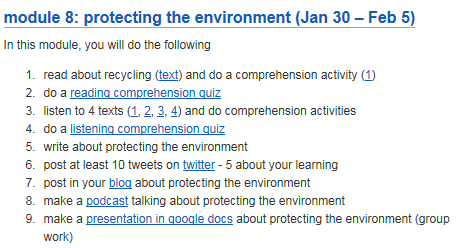
The topic, protecting the environment, was presented in the form of web-based reading and listening activities, with both practice and graded quizzes (activities 1-4). In activity 5, students were required to write about protecting the environment, personalizing it by giving their opinions. Before starting the writing, students were given some tips about the language in focus (see Figure 2). Students were also given some more writing tips with the instructions for the first draft (see Figure 3).
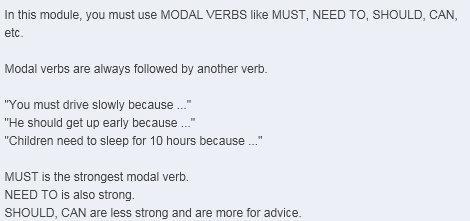
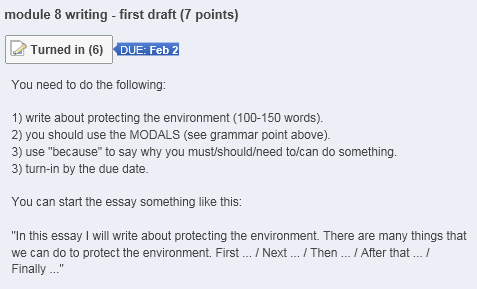

It’s important to note that despite the lesson being done in fully online mode, it followed a traditional process writing methodology. The rubrics for the task reflect this:
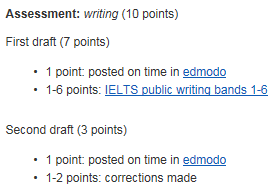
Following this process ensured two things: first, both student and teacher could focus on the actual text, thereby ensuring that it was both grammatically and thematically correct; second, and perhaps as a consequence of the first stage, the resultant text was something that the student could be proud of and want to show to a wider audience. The next stage, students posting the text to their individual blogs, was where value is added to the writing process. The rubrics for this task are as follows:
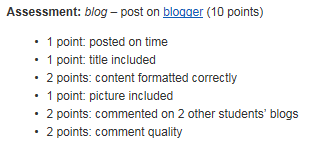
In this task, two major components were graded: the first was the aesthetics of the blog, i.e. did it contain graphics and was it formatted correctly; the second was the social interaction side of using blogs. It was not just sufficient to post. Students must also comment on at least two of their classmates’ blog posts. To ensure that they have actually read the posts, the quality of their comments is also graded. Figures 7 and 8 below show an example of a blog post and comments. While two of the comments were just short acknowledgments, the other two do show that the readers did more than just superficially interact with the text.
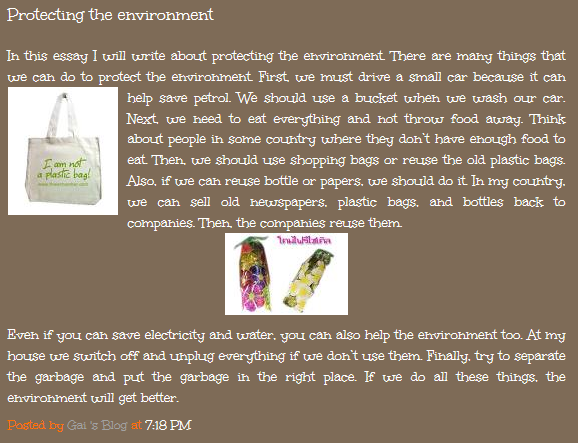
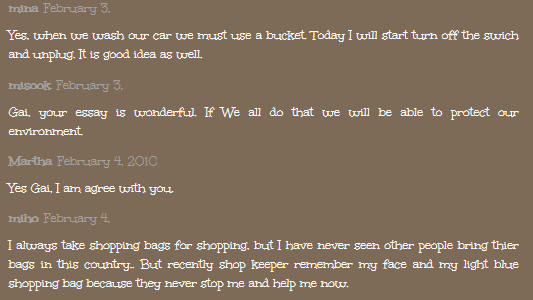
Not only has the above process ensured that students have been able to correctly use the language focus in the text, the second stage of the process also ensures that students learn how to publish and interact with online texts, a key 21st Century skill.
In addition, by adding a social interaction component to the writing task, student texts are now becoming a valuable learning resource for the class. Rather than having to search for paper- or web-based texts, which may be at an inappropriate level for EFL students, these student-generated texts are pitched at the “just-right” level for their peers.


Reblogged this on hungarywolf.
Reblogged this on web4learning.net.
[…] I have also written a post for the OUP ELT Global Blog on a similar topic. Clear here to see post. […]
[…] Sean Dowling, an Educational Technology Coordinator, looks at how teachers can add value to the student writing process by using blog posts in writing tasks. […]
Reblogged this on English for Teaching 2 and commented:
For MODULE 7
[…] "Sean Dowling, an Educational Technology Coordinator, looks at how teachers can add value to the student writing process by using blog posts in writing tasks." […]
[…] Sean Dowling, an Educational Technology Coordinator, looks at how teachers can add value to the student writing process by using blog posts in writing tasks. There is no doubt that writing to a wid… […]
Reblogged this on Things I grab, motley collection .